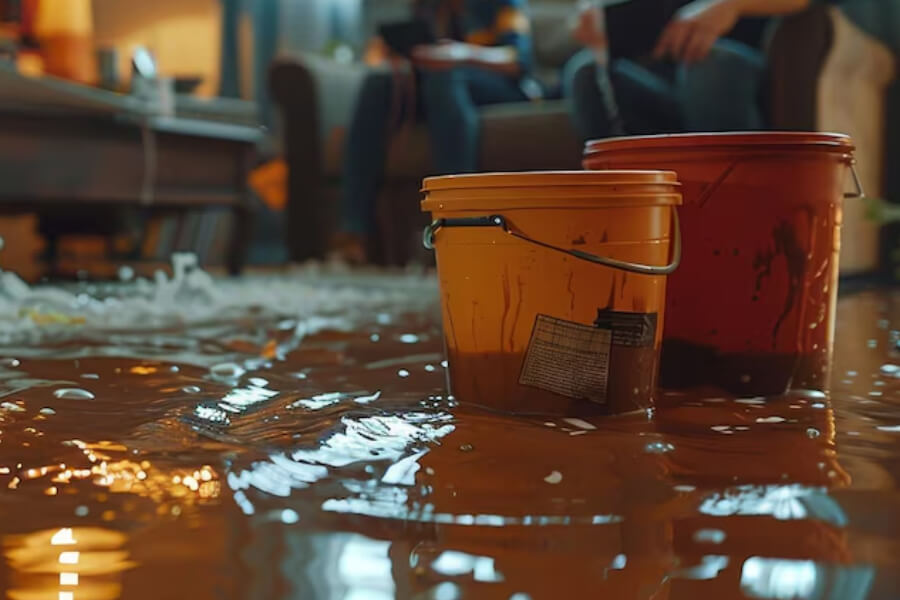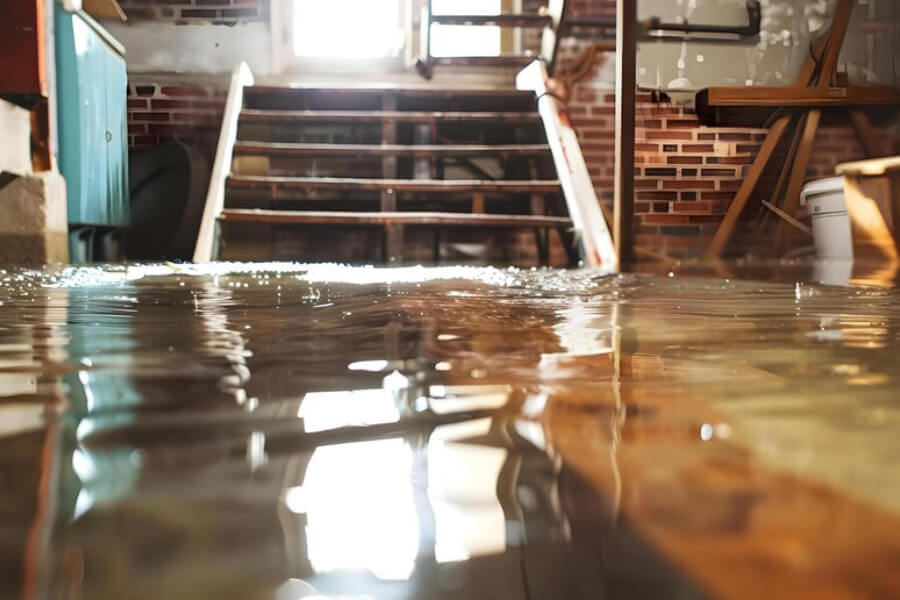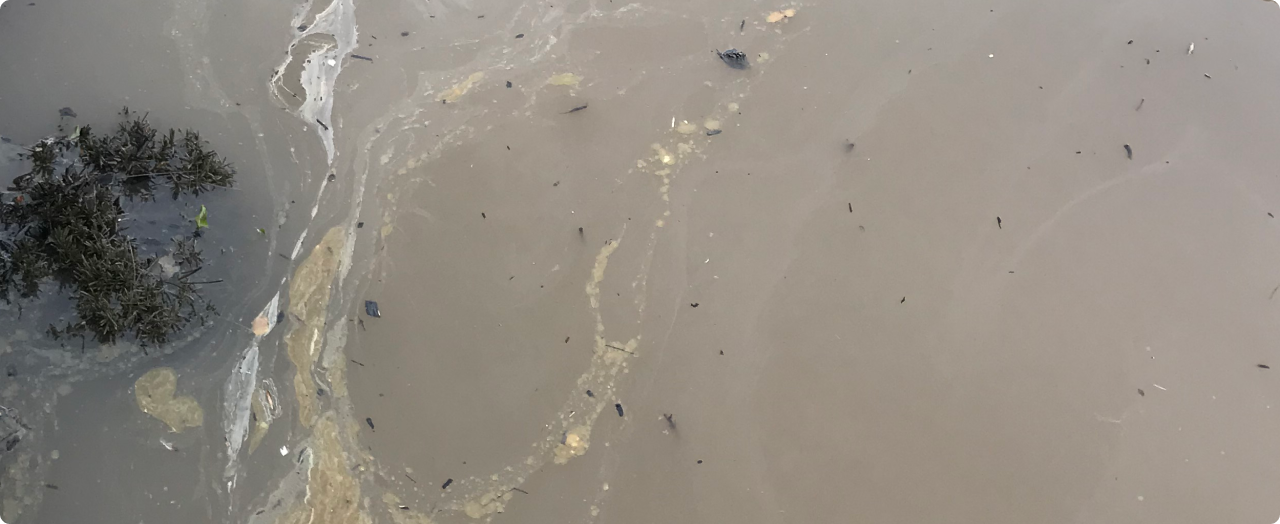Imagine walking into your home weeks after a fire, only to find that smoky odor still lingering, stains deepened, and surfaces damaged. Smoke stains aren’t just marks on your walls or furniture; they’re silent culprits that worsen the longer they’re ignored. Whether it’s the walls, ceilings, or upholstery, smoke residue becomes increasingly stubborn and harmful as time passes. If you’ve delayed dealing with smoke damage cleanup, understanding why smoke stains become harder to remove over time can help you take action before it’s too late.
Why Smoke Stains Stick Around?
Unlike a coffee spill or a dirt mark, smoke stains come from a fire’s burning materials—wood, fabrics, plastics—that release tiny, oily, and acidic particles. These particles don’t just sit on surfaces; they dig deep into them, embedding themselves in porous materials and bonding with non-porous ones.
The result? A residue that’s tougher to clean with every passing day.
How Smoke Stains Get Worse Over Time?
If you think a quick wipe-down can fix smoke stains, think again. Here’s what happens when smoke stains are left untreated:
- They Penetrate Deeper
Smoke particles are microscopic, and the longer they sit, the further they embed themselves into walls, ceilings, and fabrics. What might have been a surface stain becomes a deep-rooted problem.
For example:
- Upholstery and Carpets: Smoke particles bury themselves into fibers, making it nearly impossible to remove the smell or discoloration without professional help.
- Drywall: Porous materials like drywall absorb smoke, allowing stains and odors to seep in, even if the surface looks clean.
- Chemical Reactions Take Place
Smoke residues are acidic, meaning they actively interact with the surfaces they touch. Over time, this leads to:
- Corrosion: Metal fixtures, like doorknobs or appliances, may start to rust or tarnish.
- Discoloration: Light-colored walls or ceilings can develop yellow or brown stains that become permanent.
Acting quickly with smoke damage restoration can prevent these reactions from causing long-term damage.
- Odors Intensify
The smoky smell doesn’t just linger—it gets worse. Smoke particles release gases over time, causing the odor to deepen and spread.
- Air Ducts: Smoke particles can settle in ventilation systems, recirculating the smell every time the HVAC system runs.
- Wood and Fabrics: These materials trap odors, making it nearly impossible to mask them without professional deodorization.
- Residue Hardens
As time passes, smoke residue transitions from a powdery texture to a sticky, hardened layer. This makes cleaning significantly more difficult.
- Glass and Windows: A greasy film forms on glass surfaces, requiring specialized solutions to remove.
- Painted Surfaces: Smoke bonds with paint, making stains resistant to regular cleaning methods.
Why DIY Cleaning Isn’t Enough?
You might be tempted to grab a sponge and some cleaning products to tackle smoke stains yourself. However, without the right tools and techniques, you may inadvertently make the problem worse.
Risks of DIY Cleaning:
- Smearing Residue: Regular cleaners can spread soot and smoke residues, embedding them further into surfaces.
- Damaging Materials: Abrasive scrubbing can strip paint or damage delicate materials like fabric or wood.
- Health Hazards: Handling soot without proper protective gear exposes you to harmful chemicals.
Professional smoke damage remediation ensures thorough cleaning without risking additional damage.
Steps Professionals Take to Address Smoke Stains
Smoke damage is more than a surface-level issue, and professionals use advanced techniques to address it effectively:
- Thorough Inspection
Before any cleaning begins, restoration teams assess the extent of the damage, identifying affected areas and determining the best approach.
- Soot and Smoke Removal
- HEPA Vacuums: These remove loose particles without spreading them to other areas.
- Dry Sponging: Non-water-based cleaning removes soot from delicate surfaces like walls and ceilings.
- Odor Neutralization
Lingering odors are addressed using advanced deodorization methods:
- Thermal Fogging: A heated deodorizer penetrates deeply into materials, neutralizing odors at their source.
- Ozone Treatments: Ozone breaks down smoke odors on a molecular level, leaving the air fresh and clean.
- Deep Cleaning of Affected Surfaces
- Chemical Cleaning: Specialized solutions remove sticky, hardened residues without damaging surfaces.
- Fabric Cleaning: Upholstery and carpets are treated with professional-grade cleaners to remove embedded particles and odors.
Why Timely Restoration Matters?
Waiting to address smoke stains doesn’t just make cleanup harder—it increases the risks to your home and health.
The Dangers of Delaying:
- Health Issues: Smoke particles contain toxins that can irritate the lungs and skin.
- Permanent Damage: Stains that could have been removed become ingrained, requiring costly replacements.
- Structural Concerns: Acidic residues can weaken building materials over time.
By acting quickly and contacting experts in fire and smoke damage restoration, you can avoid these risks and ensure a smoother recovery process.
Tips for Immediate Action
If you’re dealing with smoke stains, here’s how to prevent further damage while waiting for professional help:
- Ventilate the Area: Open windows and doors to allow fresh air to circulate.
- Avoid Scrubbing: Leave cleaning to the professionals to avoid spreading soot or damaging materials.
- Seal Off Unaffected Areas: Use plastic sheeting to prevent soot from spreading to other parts of your home.
- Call for Professional Help: The sooner you contact a trusted smoke damage clean up service, the better your results will be.
Why Choose Professional Smoke Damage Restoration?
Restoring smoke-damaged spaces requires more than elbow grease—it demands specialized tools, advanced techniques, and experienced professionals.
What You Get with Professional Restoration:
- Comprehensive Cleaning: Experts address both visible stains and hidden residues.
- Odor Removal: Advanced deodorization techniques ensure your home smells fresh again.
- Health and Safety: Professionals handle hazardous residues safely, protecting you and your family.
- Peace of Mind: With skilled restoration teams, you can trust the job will be done right.
Final Thoughts: Take Action Before It’s Too Late
Smoke stains aren’t just cosmetic—they’re a sign of deeper damage that can worsen over time. Acting quickly to address smoke damage restoration ensures that stains, odors, and harmful residues are eliminated before they become permanent problems.
If you’re dealing with the aftermath of a fire, don’t wait. Reach out to a professional smoke damage restoration near me service today to restore your home’s safety, cleanliness, and comfort.




